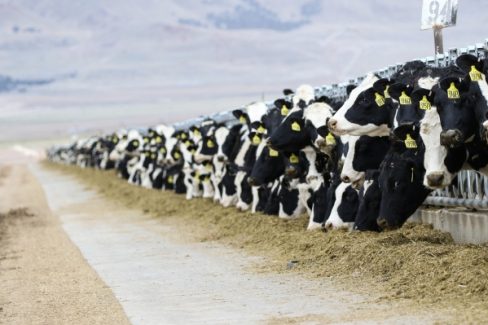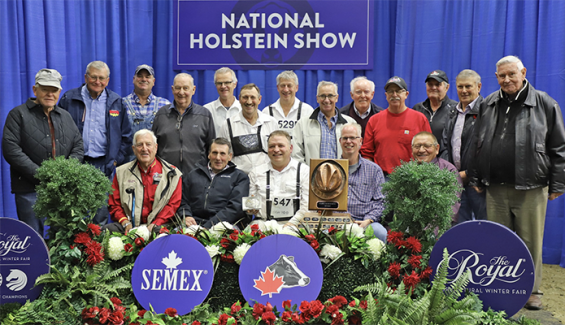Dairy farmers are potentially risking their cows’ health, fertility and production by inadvertently feeding rations containing mycotoxins and bacteria, according to new research.
In the first study of its kind, a collaborative research group comprising Nottingham University, Bristol University and Duchy College tested silage and ration samples on 50 farms across south-west England.
Worryingly, the project discovered that 78 per cent of the farms’ total mixed rations (TMRs) and maize silage contained mycotoxins and 72 per cent of the TMRs were contaminated with enterobacteria such as E. coli.
“It’s very exciting to be carrying out practical farm research here in the UK, which will provide milk producers with real food for thought heading into the winter,” says Mark Cox, sales manager at Micron Bio-Systems.
“Such high levels of bacteria and mycotoxins potentially have serious consequences for cow fertility, production and overall health.”
In conjunction with Mole Valley Farmers and AB Vista, the research team tested farmers’ grass, maize and wholecrop silage, and final TMRs. More details of the Hy-Sil project and the initial findings will be unveiled at the Dairy Show on October 1.
“This is only the first phase of the project,” says Mr Cox. “The Hy-Sil project is an ongoing study to determine the significance of the nutritional, mycotoxin and microbial composition of silage and diet formulation on animal health and productivity on UK farms. The next step will be to work with the farmers and vets to identify the actual impact of such feed contamination on dairy cows’ performance, and then open it up to more national and scientific study.”
Direct effects of contamination include reduced feed intakes and milk production, as well as an increased likelihood of sub-acute rumen acidosis. “The headline figures from the research are averages, so on some farms the contamination levels are significantly higher.”
Importantly, most mycotoxins were found to have come from home-grown maize silage, with the bacteria generated within the feeder wagon itself. “There are steps that farmers can take to minimise the risk of contamination, including simple things like washing out the feeder wagon,” says Mr Cox.
“But the key message is to know what you’re feeding. Gone are the days of simple nutritional analysis; you have to test for mycotoxins and bacteria at the feed face. Don’t wait until you have a drop in production – these results show how vital it is to test your forage and TMR before it turns into a problem.”
The research launch is at the Dairy Show at 10am, in the lecture theatre at the Royal Bath & West Showground.
Source: The Western Producer




